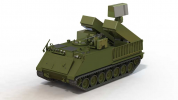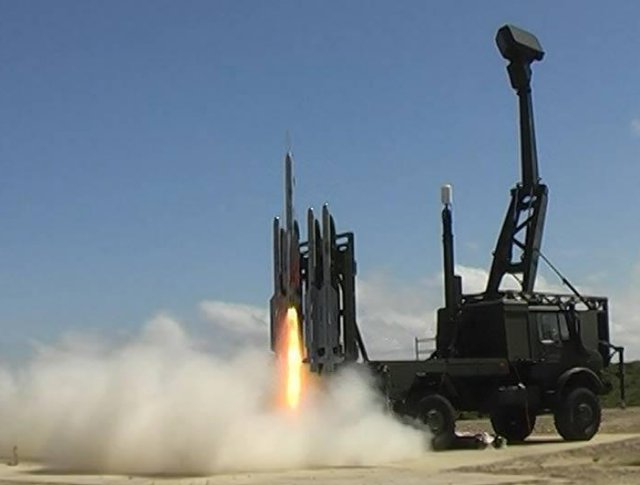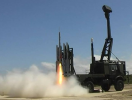Gyllis1
Respected Leader
Some A-10 supporters also said the Air Force was no longer interested in its close-air support mission, but former Chief of Staff Gen. Mark Welsh strongly denied that claim.
Onhan tuolla toki polarisaatiota hieman mielipiteissä, eikä vain kongressissa....
Toistan että tuollaista vaivaa ja aikaa, saati miljardia ei käytetä vanhaan rihneeseen turhaan jos sille ei olisi tarvetta.
F-35 kykyä korvata tämä lähitukirooli on kritisoitu ja epäilty myös alusta saakka. F-35 ei ole suunniteltu kestämään sellaisia taisteluvaurioita kuin Warthog. Lightning kykenee pommittamaan kyllä etäältä ja korkealta, mutta se ei voi kaarrella turvallisesti taistelussa matalalla koska panssaria tai suojattuja pa-säiliöitä ei ole ja sillä on vain yksi, kallisarvoinen moottori. Kun pinta on rikki, alkaa konekin näkymään tutkassa paremmin ja sekin lisää riskiä.
Kun Salama kestäisi nyt edes sen salaman niin hyvä olisi.
Ei siellä asevoimissa taida hirveästi polarisaatiota tuosta asiasta olla. A-10 ajat ovat takana päin.Ei niitä pahemmissa paikoissa voitu käyttää desert stormissakaan. Tuskin on tilanne paljon siitä ainakaan parantunut.
Pitkä lainaus, mutta tässä ko rähinän ilmaoperaatioiden ison tapin haastattelu:
A-10s vs. F-16s
Q: Did the war have any effect on the Air Force's view of the A-10?
A: No. People misread that. People were saying that airplanes are too sophisticated and that they wouldn't work in the desert, that you didn't need all this high technology, that simple and reliable was better, and all that.
Well, first of all, complex does not mean unreliable. We're finding that out. For example, you have a watch that uses transistors rather than a spring. It's infinitely more reliable than the windup watch that you had years ago. That's what we're finding in the airplanes.
Those people . . . were always championing the A-10. As the A-10 reaches the end of its life cycle-- and it's approaching that now--it's time to replace it, just like we replace every airplane, including, right now, some early versions of the F-16.
Since the line was discontinued, [the A-10's champions] want to build another A-10 of some kind. The point we were making was that we have F-16s that do the same job.
Then you come to people who have their own reasons-good reasons to them, but they don't necessarily compute to me-who want to hang onto the A-10 because of the gun. Well, the gun's an excellent weapon, but you'll find that most of the tank kills by the A-10 were done with Mavericks and bombs. So the idea that the gun is the absolute wonder of the world is not true.
Q: This conflict has shown that?
A: It shows that the gun has a lot of utility, which we always knew, but it isn't the principal tank-killer on the A-IO. The [Imaging Infrared] Maverick is the big hero there. That was used by the A-10s and the F-16s very, very effectively in places like Khafji.
The other problem is that the A-10 is vulnerable to hits because its speed is limited. It's a function of thrust, it's not a function of anything else. We had a lot of A-10s take a lot of ground fire hits. Quite frankly, we pulled the A-10s back from going up around the Republican Guard and kept them on Iraq's [less formidable] front-line units. That's line if you have a force that allows you to do that. In this case, we had F-16s to go after the Republican Guard.
Q: At what point did you do that?
A: I think I had fourteen airplanes sitting on the ramp having battle damage repaired, and I lost two A- 10s in one day [February 15], and I said, "I've had enough of this." It was when we really started to go after the Republican Guard.
A Conversation With Chuck Horner | Air & Space Forces Magazine
The Desert Storm "air boss" describes how the campaign was planned and fought.www.airforcemag.com
Tuo yllä oleva on Irakin ilmaoperaatiosta vastanneen kenun haastattelu. Ja tuo siis vuodelta 1991. Jokainen voi kuvitella mikä tilanne on nyt.






